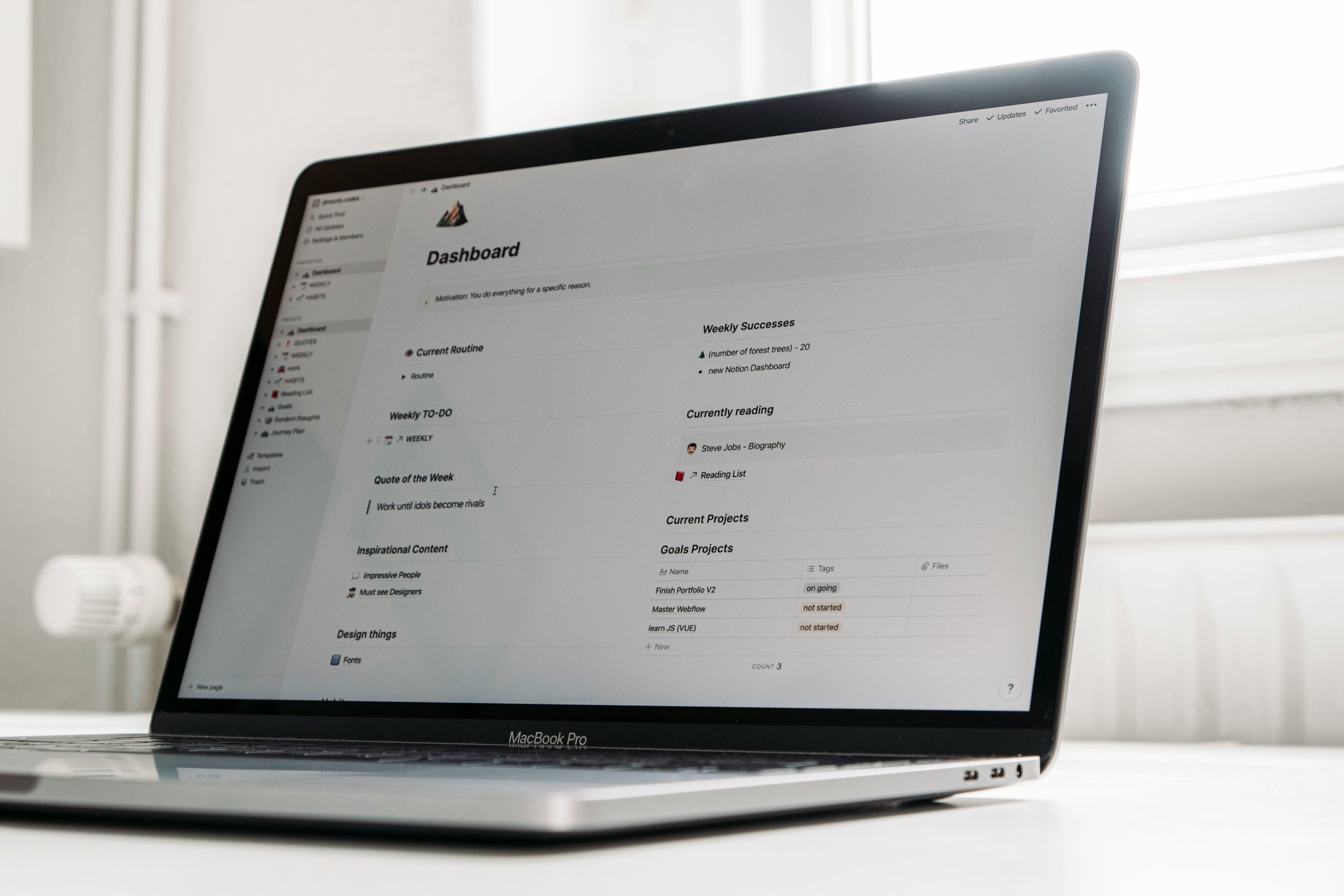Why Do the World’s Top Sites Keep Redesigning Every Year?
If you’ve ever noticed that leading websites like Apple, Airbnb, or Spotify seem to roll out design tweaks—or full overhauls—every year or two, you’re not imagining things. While smaller businesses often hang onto the same site layout for years, the internet’s most influential brands constantly evolve their digital presence. But why?
The answer isn’t just about staying trendy. Regular redesigns are a strategic move— blending user behavior insights, technology shifts, SEO priorities, and brand positioning. Data, not aesthetics, often drive these updates.
Let’s break down why frequent redesigns are becoming the norm for major websites—and what businesses of all sizes can learn from this ongoing evolution.
User Behavior Is Always Changing
Every year brings new insights into how people browse the internet. Scroll depth, mobile tap patterns, bounce rates—analytics tell a story. Top-performing websites aren’t guessing what users want; they’re testing, measuring, and refining.
For example, if a user heatmap shows visitors consistently ignoring a feature or
abandoning a form halfway through, that’s a clear indicator the design isn’t working. Instead of leaving it for years, leading sites make small but regular updates to improve flow and keep engagement high.
The same mindset drives the work of top link building companies, who refine their outreach strategies based on campaign feedback and search engine algorithm changes. Design, like SEO, thrives on iteration.
Design Trends Aren’t Just About Style
The web is a living, breathing ecosystem. What looked cutting-edge five years ago might now feel outdated or untrustworthy. Minimalism, dark mode, immersive visuals, brutalist aesthetics—design trends reflect cultural shifts in how we consume information.
However, leading websites don’t just follow trends but adopt their principles. A shift toward accessibility, for instance, prompts updates in contrast ratios, font sizes, and
responsive elements. These design principles aren’t just about appearance—they directly impact usability and inclusivity.
When the top sites are redesigned, it’s often done in response to these deeper user experience values—not just to look “cooler.”
SEO and Performance Drive Invisible Changes
It’s not always obvious, but performance goals drive many redesigns. Improving Core Web Vitals, reducing JavaScript load times, optimizing mobile performance—these factors influence Google rankings and user experience.
The most successful companies align their SEO strategies with their redesign efforts. That includes refining site structure, simplifying navigation, and integrating content in smarter ways.
Just as top link building companies adjust anchor strategies and link velocity to reflect search algorithm updates, smart web teams make layout decisions that support their visibility and speed goals behind the scenes.
Brand Evolution Demands Visual Updates
As companies grow, their branding matures. Logos are refreshed, tone of voice evolves, and the website must reflect that shift. A startup-friendly homepage from 2020 might no longer fit a company’s identity as it enters enterprise markets.
Top websites use redesigns to reintroduce their brand—not just to new users but to loyal ones, too. It signals progress, innovation, and attentiveness.
And let’s not forget trust. When users see a fresh, fast, and well-maintained site, they instinctively trust it more. That’s a huge advantage in competitive industries—whether you’re selling software services or running a digital agency.
Redesigns Are Now a Growth Strategy
Website redesigns were once seen as costly, time-consuming events. Now, they’re approached more like agile product development—iterative, data-driven, and ROI- focused.
Top companies understand that a website isn’t just a digital storefront. It’s a performance
machine. Every pixel, every load time, and every word plays a role in conversion. So
redesigns aren’t just cosmetic—they’re strategic.
That’s why the smartest brands collaborate across departments: design, development, SEO, and content teams work together to ensure the redesign aligns with business goals. Like top link building companies provide long-term value through strategic planning, leading brands treat web design as an investment in sustained growth.
If the world’s top websites update their designs every year or two, maybe the real question
isn’t why—but why not you?
Frequent redesigns allow brands to keep pace with shifting expectations, evolving tech, and competitive landscapes. And much like SEO, staying current isn’t optional—it’s essential.
Adopting this mindset can pay off even if your business isn’t a tech giant. Start small. Test changes. Refine often. Consider bringing in specialists—whether UX pros or top link- building companies—to help align every aspect of your digital presence for trust, performance, and growth.

